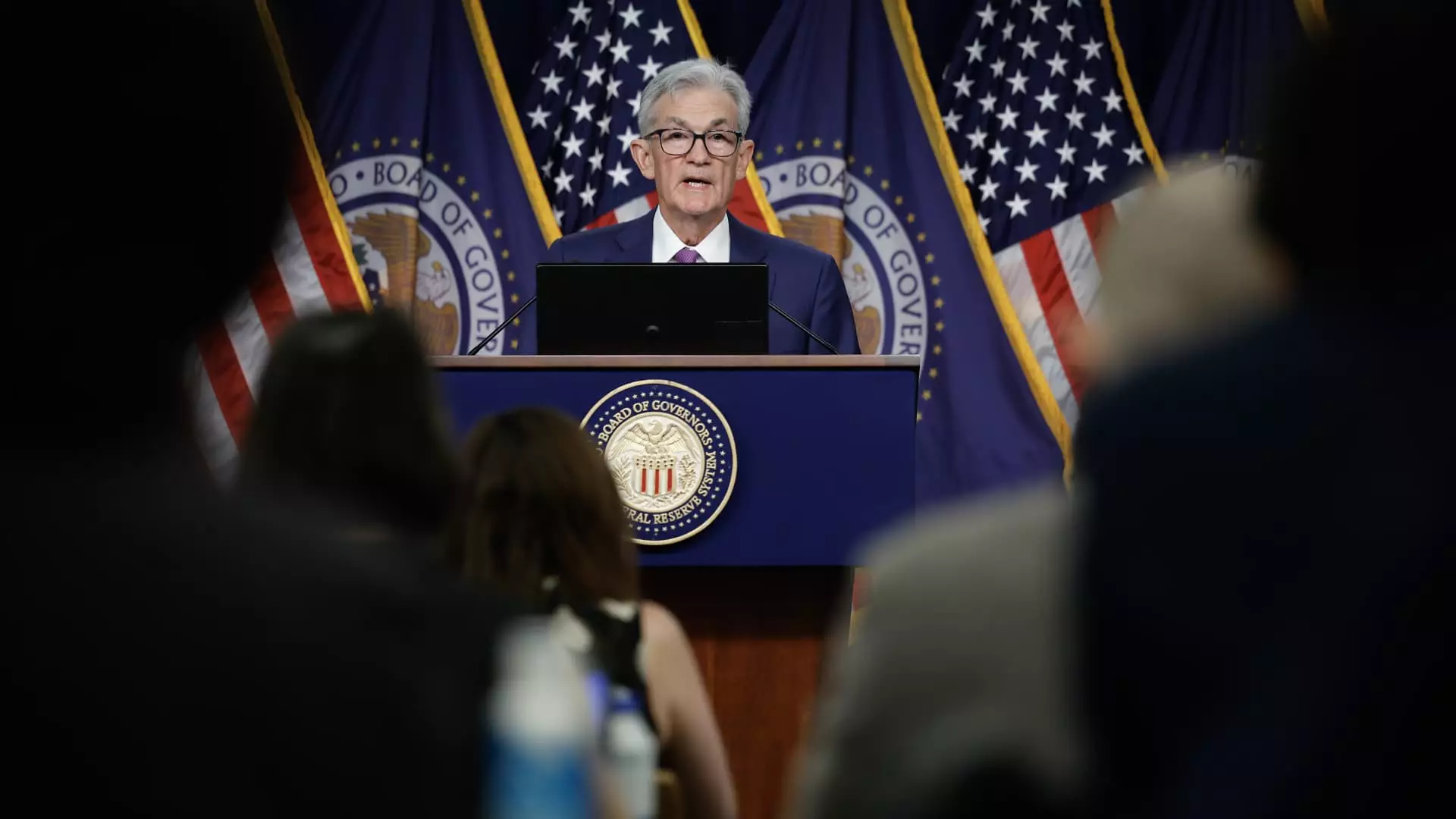The Federal Reserve officials recently announced that they will be keeping short-term interest rates steady for the time being. However, they did indicate that inflation is inching closer to its target, which could potentially lead to future interest rate cuts. Despite this indication, the officials did not give a clear signal that a reduction is imminent. Instead, they emphasized ongoing concerns about economic conditions, albeit with some progress seen in certain areas. They also maintained that more progress would be needed before any rate reductions could be implemented.
The Federal Open Market Committee’s post-meeting statement highlighted that the risks associated with achieving employment and inflation goals are starting to move into better balance. The statement also mentioned that inflation has eased slightly over the past year, though it still remains somewhat elevated. Recent months have shown some progress towards the Committee’s 2 percent inflation target. Chair Jerome Powell, while speaking with the media, suggested that a rate cut could potentially happen as early as September if economic data reflects a decline in inflation.
The language used in the Fed’s statement is notably more positive than in the previous meeting held in June. The previous statement only mentioned “modest” progress in addressing price pressures, compared to the recent statement which indicated that progress has been made towards the inflation target. The Committee’s benchmark overnight borrowing rate was maintained between 5.25% – 5.5%, which has been the highest in 23 years. The statement also highlighted that the committee members are “attentive” to the risks associated with their mandate for full employment and low inflation.
One key aspect to note is the Fed’s emphasis on data dependence. The officials maintain that they are not adhering to a predetermined path when it comes to interest rates and won’t be swayed by forecasts. Recent economic data has shown a decline in price pressures from their peak in mid-2022. The preferred measure of inflation, the personal consumption expenditures price index, currently stands at around 2.5% annually. The Fed’s target inflation rate is 2%, and they are committed to maintaining this goal in the face of pressure to tolerate higher levels.
Despite maintaining tight monetary policy, the economy has continued to expand. Gross domestic product showed a 2.8% annualized growth rate in the second quarter, surpassing expectations. However, labor market data has shown some weaknesses, with the unemployment rate at 4.1%, which is below full employment levels. The recent ADP report indicated sluggish private sector job growth, hinting at potential weaknesses in the labor market. While some positive inflation data was noted in the report, with wages increasing at a slower pace.
Federal Reserve officials have reiterated their commitment to proceeding cautiously despite signs of weakening inflation. There are concerns that the economy may not be able to withstand the high borrowing costs, which are currently at their highest in 23 years. The officials have vowed to carefully monitor economic data and make decisions based on the information available.
The Federal Reserve’s decision to keep interest rates steady while indicating the possibility of future cuts reflects their cautious approach to managing economic conditions. By emphasizing data dependence and maintaining a commitment to their inflation target, the Fed is navigating a delicate balance between stimulating growth and preventing runaway inflation. It remains to be seen how future economic data will influence their decisions regarding interest rates.

